Sheraton Bangalore at Brigade Gateway is hosting the Awadhi Food Festival. I was invited to experience an evening full of grandeur and greatness. I had heard about the Awadhi Cuisine, but had never tasted the Awadhi Food. So I decided that I should allow myself to savor the magic and richness of Awadh as Sheraton Bangalore Hotel recreates culinary delights from an era gone by. One can feast on the royals cuisine and choose from aromatic kebabs, biryanis, tikkas and gravy’s prepared by their own Chef Maqsood and guest chef, Chef Rehman.
The ambiance at Feast was just perfect for the evening and looked royal. Feast is Sheraton’s signature restaurant. It has 4 huge counters with live cooking at each counter. Even the dessert counter has live cooking where they make ice-cream thepanyaki live for the guests. The live music was very traditional and matched the theme perfectly. Royal Thandai was offered as the welcome drink.
Very soon Chef Rehman walked upto my seat and gave me a brief introduction to the Awadhi cuisine. Chef Rehman has been specially invited by the Director Food And Beverages at Sheraton to conduct the Awadhi Food Festival at Bangalore. He has traveled all the way from Lucknow to Bangalore specially to design the menu and to create recipes for this festival. Chef Rehman has rediscovered the Indian cuisine and he specializes in Kashmiri, Typical Mughlai, Awadhi, Rampuri, Hyderabadi, Bengali and Persian(Irani) cuisine.
Awadhi Cuisine is from the city of Lucknow, which is the capital of the state of Uttar Pradesh in Northern India. The cuisine consists of both vegetarian and non-vegetarian dishes. Awadh has been greatly influenced by Mughal cooking techniques, and the cuisine of Lucknow bears similarities to those of Persia, Kashmir, Punjab and Hyderabad. The bawarchis and rakabdars of Awadh gave birth to the dum style of cooking or the art of cooking over a slow fire, which has become synonymous with Lucknow today. Their spread consisted of elaborate dishes like kebabs, kormas, biryani, kaliya, nahari-kulchas, zarda, sheermal, roomali rotis, and warqi parathas. The richness of Awadh cuisine lies not only in the variety of cuisine but also in the ingredients used like mutton, paneer, and rich spices including cardamom and saffron.
Dastarkhwan, a Persian term, literally means a meticulously laid-out ceremonial dining spread. It is customary in Awadh to sit around and share the Dastarkhwan. Laden with the finest and the most varied repertoire of the khansamas (chefs), the Dastarkhwan of the raeis (the rich) were called Khasa (special). To know more about the Awadhi Cuisine refer to this link on wiki.
Paye Ka Nichore and Dal Dalchini Shorba were present in the non-veg and veg soups respectively. I did not taste these.
The Awadhi Dastarkhwan would be incomplete without the following dishes and these were served in the main course. I tasted both the vegetarian and non-vegetarian dishes.
Vegetarian dishes consisted of Paneer Begam Bahar(Cottage cheese cooked in cashewnut and almond gravy and Indian spice), Nawabi Baigan Bhurta, Dal Mumtaz, Dal Makhani, Bharwan Aloo Lababdar,Dhingri Dolma(Mushroom and cottage cheese cooked with onion and Indian spice), Karami Palliya, Subz Dum Biryani, Subzi Sheek Noorani.
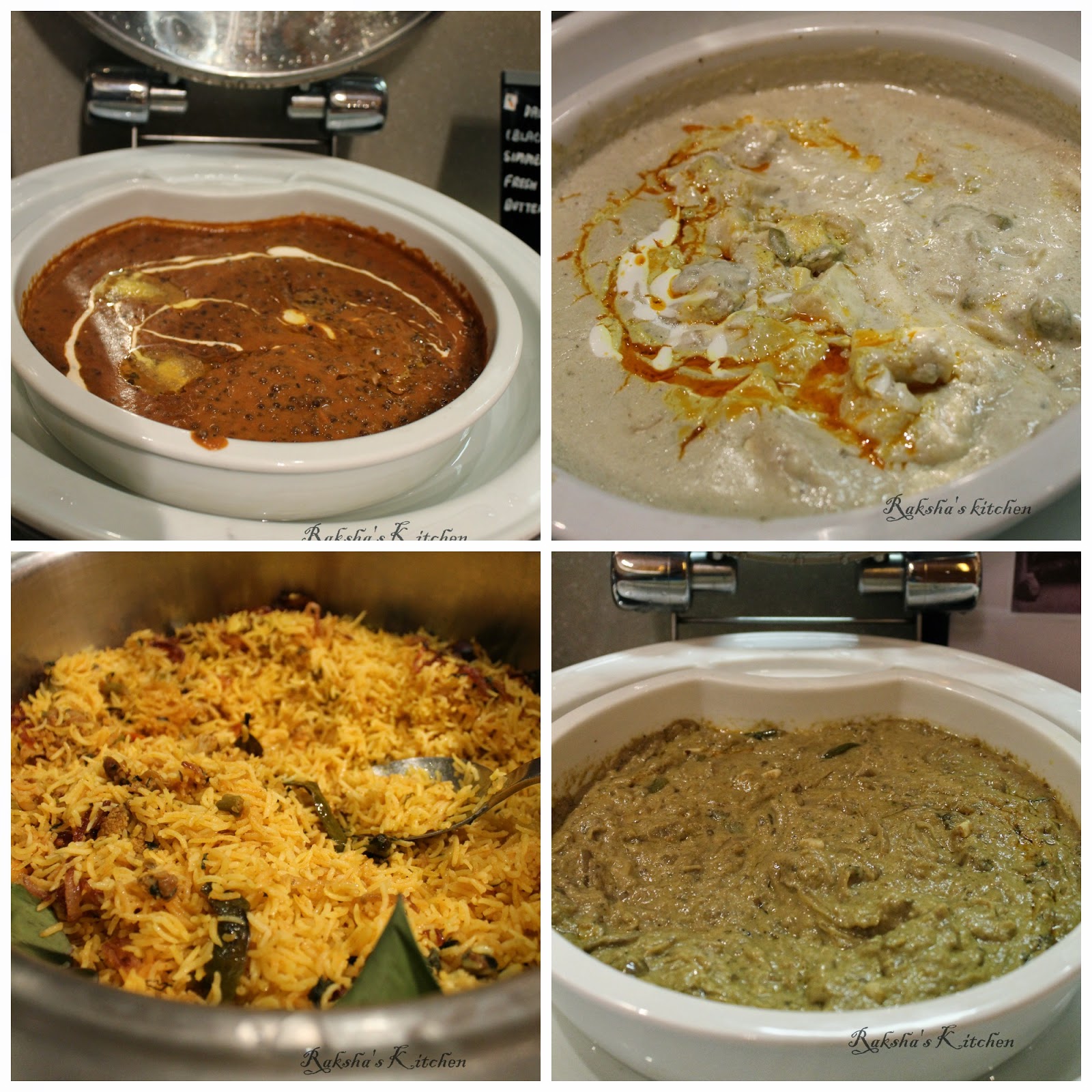 |
| Clockwise: Dal Makhani, Paneer Begam Bahar, Subz Dum Biryani and Nawabi Baingan Bhurta |
I just loved Nawabi Baigan Bhurta. I would highly recommend you to try this dish. I just loved it. All the flavours were well blended together. Also Dal Mumtaz was yummy.
The Non-veg dishes consisted of Ghost Makhani, Murgh Awadhi, Murgh Awadi Biryani. This biryani is different than the biryani prepared in other parts of India.
 |
| Ghost Makhani, Murgh Awadhi, Murgh Awadi Biryani |

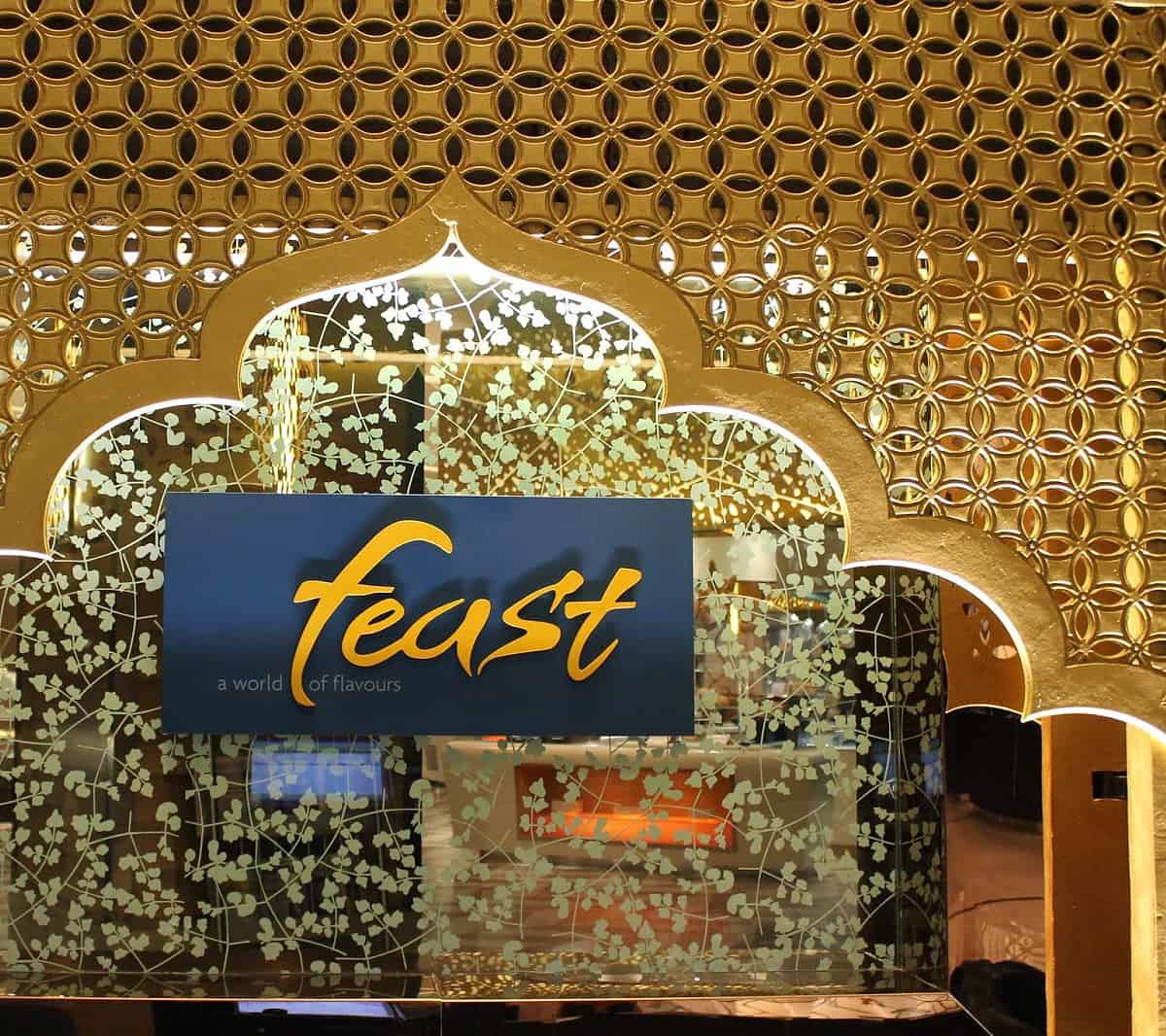
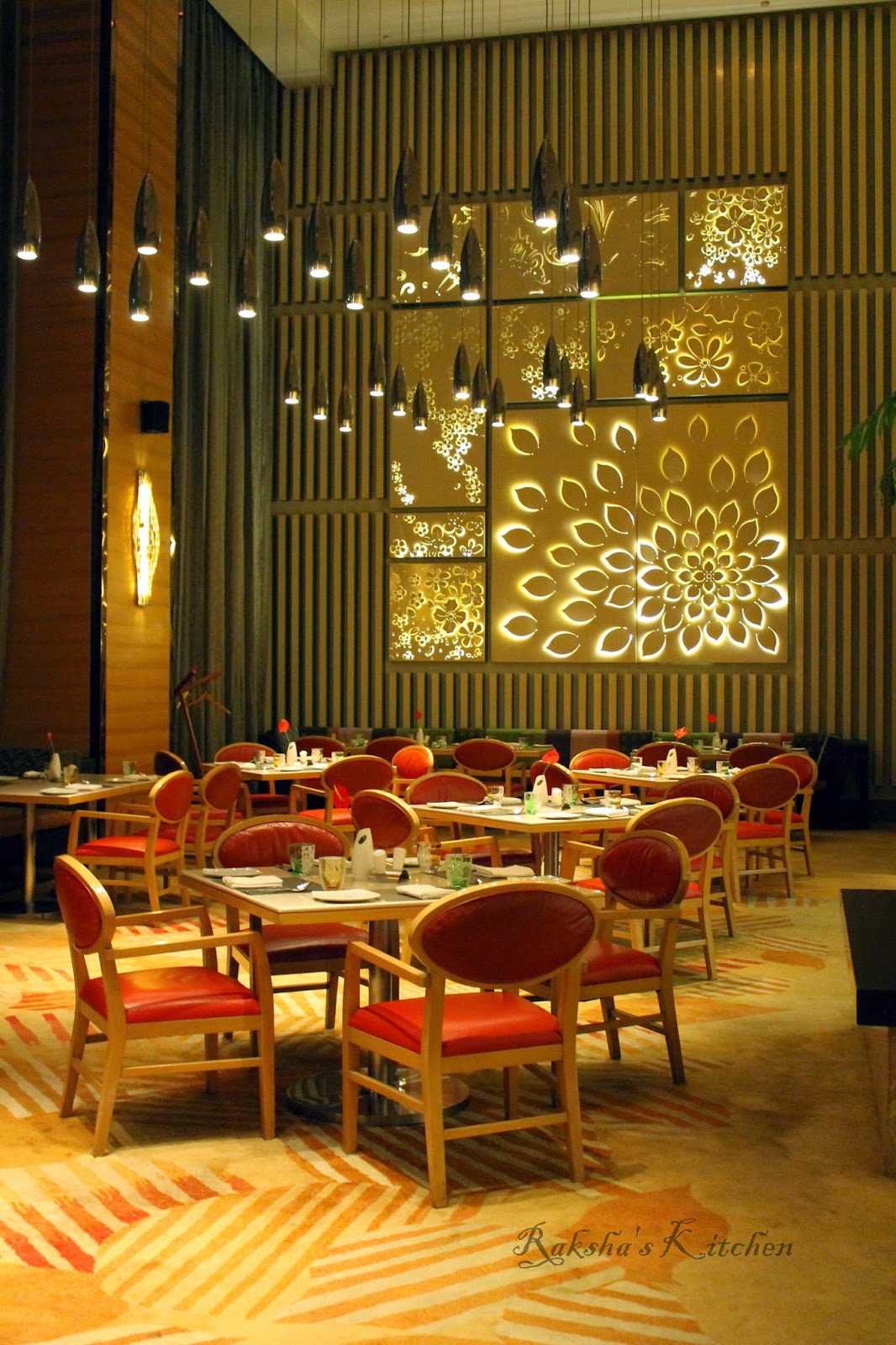



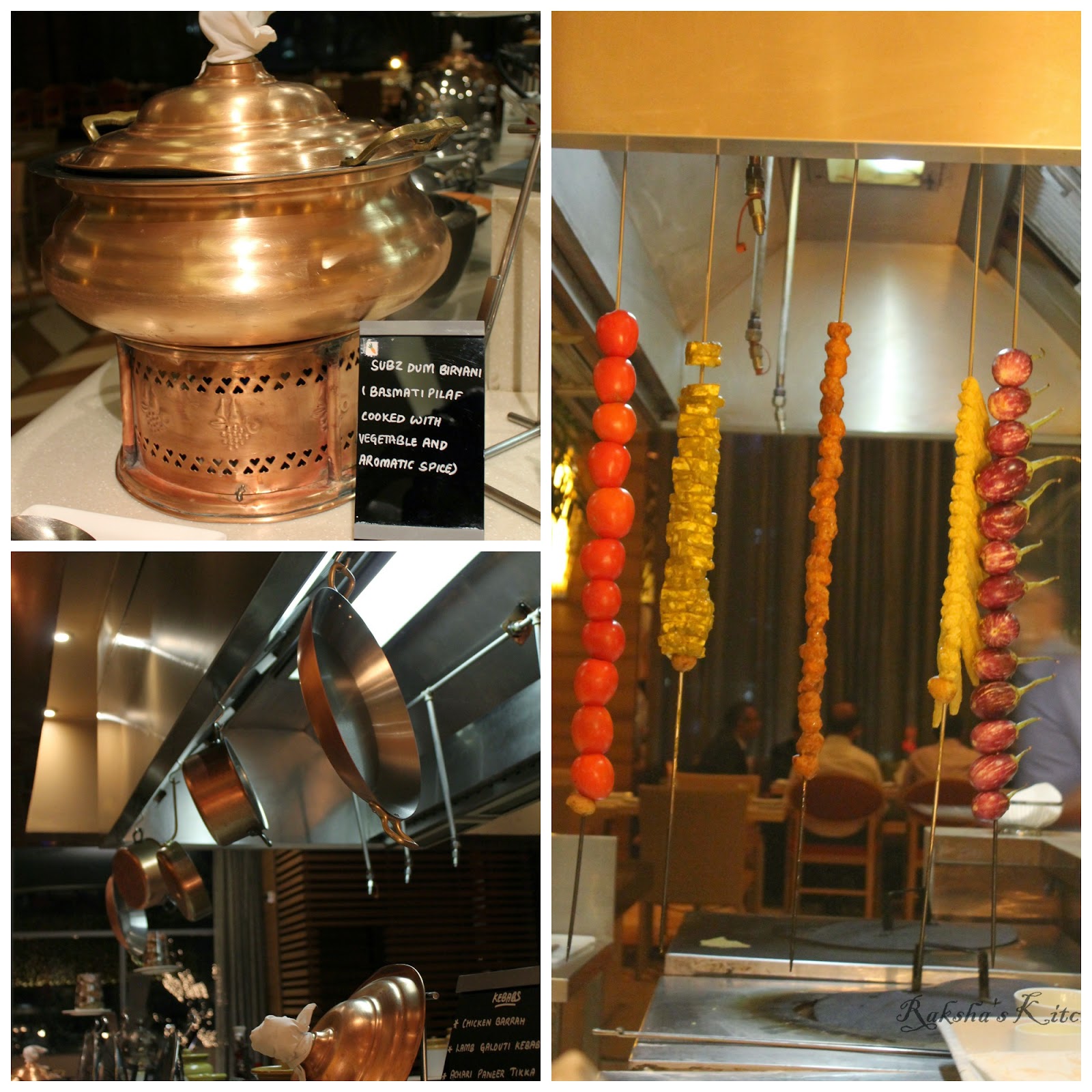
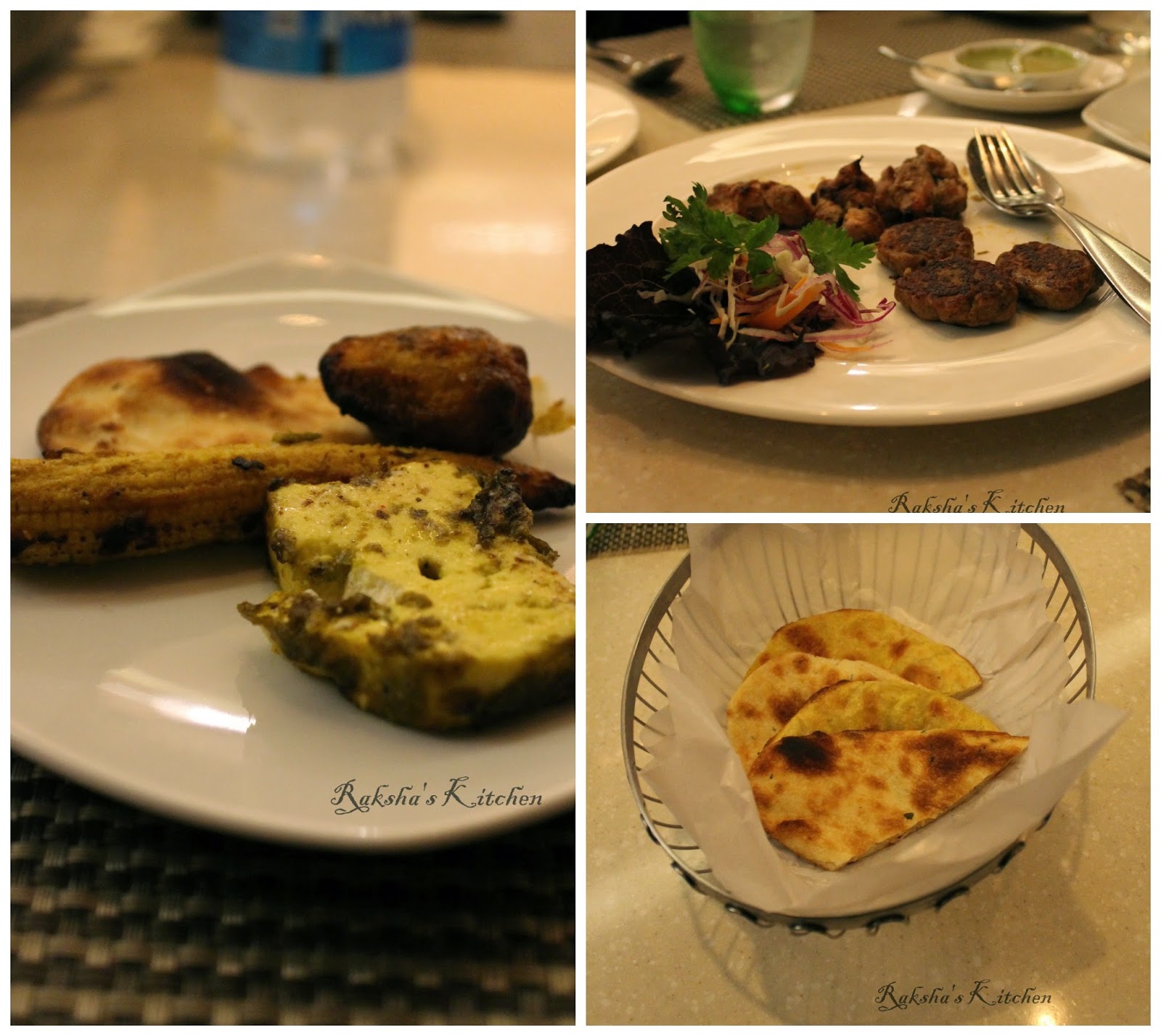
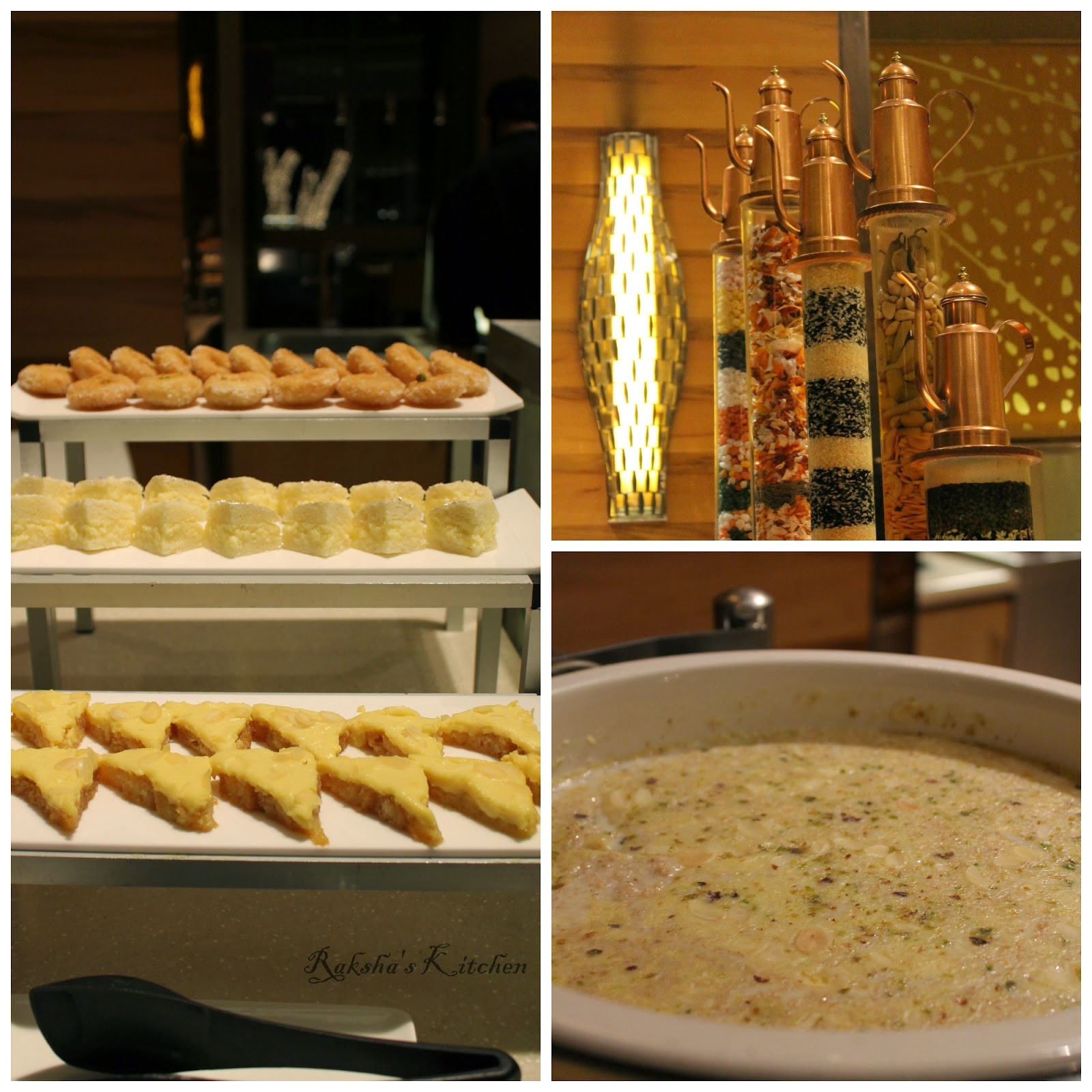



Leave a Reply